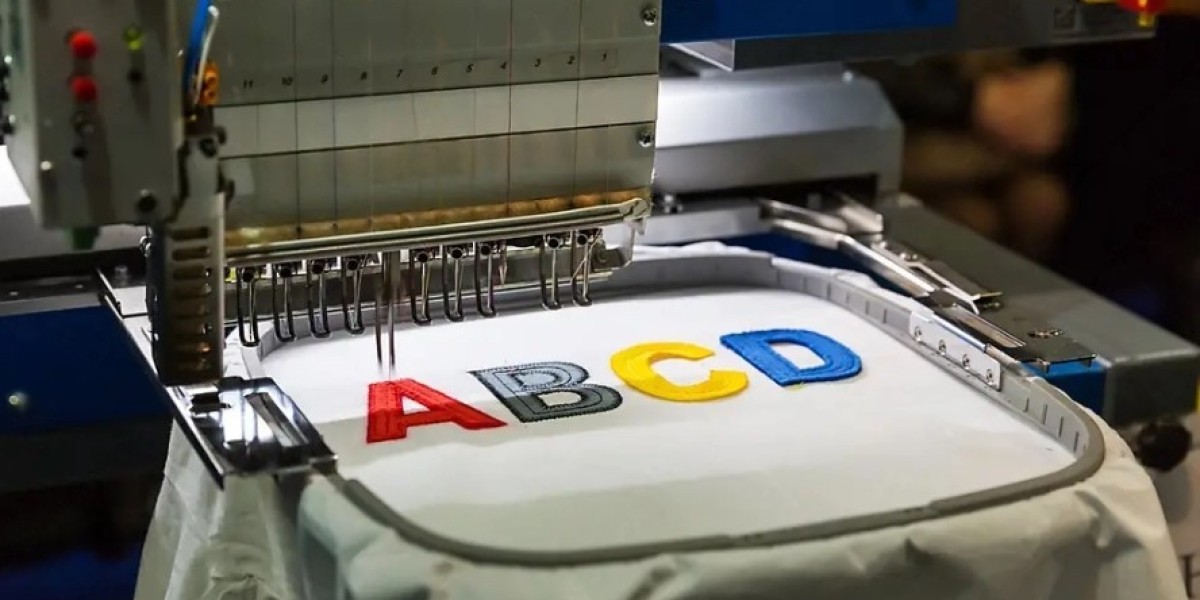There's something magical about the simple wooden circle of an embroidery hoop. This humble tool has cradled countless stitches through centuries, from medieval tapestries to modern fiber art installations. What makes this basic device so enduring in our high-tech world? Let's pull back the fabric and explore the creative art of embroidery hoops – and why they remain essential for stitchers today.
More Than Just a Holder
At first glance, an embroidery hoop seems purely functional – just a way to keep fabric taut. But anyone who's spent hours with needle and thread knows there's poetry in its circular embrace. The hoop creates a portable world where patience transforms into beauty, one stitch at a time. Unlike high-speed sewing machines, the hoop demands we slow down, pay attention, and connect physically with our materials.
Historians trace hoops back to 14th century Germany, where they were called "tambour frames." These early versions looked remarkably similar to what we use today – two concentric rings that sandwich fabric with just the right amount of tension. That's nearly 700 years of technological refinement for what's essentially two circles of wood. In our disposable culture, that kind of staying power speaks volumes.
The Science Behind the Circle
Why does this simple design work so well? The genius lies in its adjustable tension system. The outer ring's slight taper creates increasing pressure as you push it down over the inner ring and fabric. This:
- Prevents fabric distortion during stitching
- Maintains even stitch tension
- Reduces hand fatigue by keeping the work surface stable
- Allows easy repositioning as you move across a design
Modern hoops come in materials ranging from traditional birch wood to sleek acrylic, but the principle remains unchanged. Even high-tech embroidery machines still use hoops (now often plastic) because nothing else provides the same combination of accessibility and control.
Hoops as Creative Partners
Every embroiderer develops a personal relationship with their hoops. You learn which size fits comfortably in your hand during long stitching sessions. You discover how different fabrics behave when stretched – linen holds beautifully while silks require gentler handling. Some stitchers even name their favorite hoops, treating them like trusted collaborators rather than mere tools.
The diameter you choose shapes your creative process in unexpected ways. Small 3-inch hoops:
- Perfect for detailed work
- Great for traveling
- Create intimate, focused stitching experiences
While larger 12-inch hoops:
- Allow grander designs
- Reduce frequent repositioning
- Make bold statements as display frames
Unexpected Hoop Hacks
Creative stitchers have discovered countless ways to push hoops beyond their intended use:
The Watercolor Effect
Lightly misting fabric while hooped creates beautiful bloom effects with thread dyes
Double Hooping
Nesting two hoops together creates extra tension for tricky fabrics like knits
Hoop as Display
Finished pieces often stay in their hoops as ready-to-hang wall art
Tension Testing
Seasoned stitchers "ping" their hooped fabric like a drum to check tightness
The Hoop's Emotional Weight
There's a reason embroidery hoops feature so prominently in memory crafts. A grandmother's hands working within that circle become an indelible image. The worn spots where generations have tightened the screw tell stories of countless projects completed. Unlike high-tech gadgets that become obsolete, a quality wooden hoop only grows more valuable with age, its patina recording creative hours like rings in a tree.
Contemporary artists have begun exploring this emotional resonance. Some create installations with hundreds of suspended hoops, each containing fragments of personal history. Others use the circular frame as a metaphor for life's cycles in textile art. The hoop has become both medium and message.
Choosing Your Perfect Hoop
With so many options today, selecting hoops involves more considerations than you might expect:
Material Matters
- Wood: Traditional feel, develops character over time
- Plastic: Lightweight, often cheaper, good for machines
- Bamboo: Sustainable option with natural variations
- Metal: Rare but used for specialty techniques
Size Decisions
- 3-5": Miniatures and fine detail work
- 6-8": Standard for most hand embroidery
- 10"+: Large projects and display pieces
Specialty Types
- Spring hoops for quick fabric changes
- Square hoops for particular techniques
- Q-snap frames for alternative tensioning
The best approach? Try several. Many stitchers eventually curate a collection suited to different projects and moods.
Hoop Care Rituals
Like any valued tool, hoops thrive with proper care:
- Occasionally rub wooden hoops with beeswax to maintain smoothness
- Store without overtightening to preserve spring
- Clean plastic hoops with mild soap to prevent slick fabric slippage
- Check screws periodically for smooth operation
These small acts of maintenance become part of the creative ritual, like sharpening pencils before drawing.
The Future of Hoops
Even in our digital age, the embroidery hoop persists. Modern innovations include:
- Ergonomic designs with cushioned grips
- LED-lit hoops for night stitching
- Smart hoops with tension sensors
- Customizable decorative hoops
Yet the classic wooden version continues to dominate – a testament to the beauty of simplicity in an over-engineered world.
Why We Still Reach for Circles
In an era of touchscreens and voice commands, the physical act of tightening a hoop screw connects us to centuries of makers. That satisfying "pop" as the outer ring seats properly delivers tactile feedback no app can replicate. The weight of a well-balanced hoop in your left hand while the right guides the needle creates a rhythm that soothes modern anxieties.
Perhaps that's the hoop's greatest gift – it demands presence. You can't mindlessly scroll while maintaining proper tension. The hoop won't auto-correct your mistakes. It simply holds space for you to create, imperfectly and beautifully, one deliberate stitch at a time.
Next time you slip fabric between those rings, take a moment to appreciate this ancient yet perfectly contemporary tool. Your great-grandmother would recognize the motion instantly, as might your great-granddaughter. In our fractured world, such continuity is rare and precious. The embroidery hoop remains a quiet circle of connection across generations – and that's worth stitching about.








